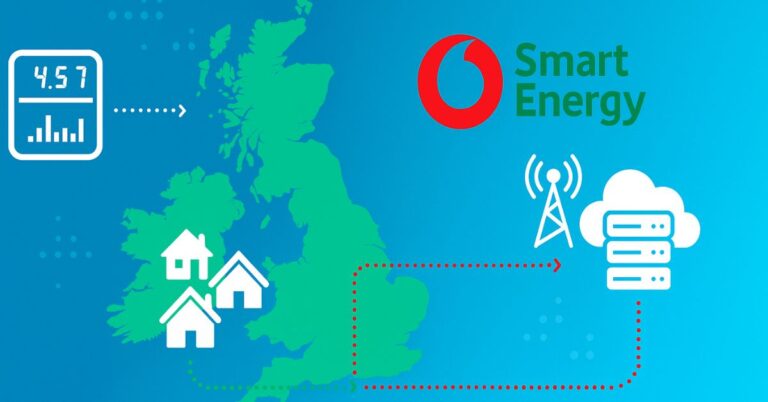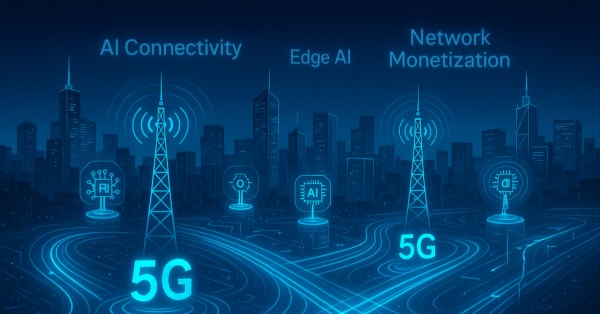To augment 5G network coverage, the European Commission has commissioned Cellnex to deliver six projects, including four inter-country transport pathways linking Portugal, Spain, and France.
This project, which consists of four deployments and two studies, seeks to establish 5G coverage along two road corridors connecting Spain with France (Barcelona – Montpellier/Toulouse & Bilbao – Bordeaux) as well as on another pair of roads that link Spain to Portugal (Salamanca – Porto – Vigo & Mérida – Évora).
The two studies assess the impact of Abertis, an “essential enabler for connected and automated mobility in the future,” on Italy, and Austria and their connection to the EUMOB project.
The project, funded by the European Commission‘s Connecting Europe Facility (CEF-2) Digital program, aims to provide 5G connectivity for vehicles traveling along major corridors in order to ensure uninterrupted road safety services.
Cellnex is introducing 34 sites (including distributed antenna systems in tunnels) to fulfill its 5G connectivity project that spans 1,400 km across the four cross-border corridors. Utilizing its neutral host model, V2X communications infrastructure network, and edge computing nodes, it will be able to offer operators an unprecedented level of reliable connection with minimal downtime.
Eduardo Fichmann, Global Director of Innovation and Product Strategy at Cellnex, said “Cellnex is investing in the benefit that digitalising these road corridors will bring, not only for connected vehicles but also for road network managers, emergency services, logistics and fleet operators as well as passengers themselves. Mobile operators and the various public and private actors in the mobility sector to join the project and collaborate in developing new services that will be possible thanks to the roll-out of these infrastructures.”
The European Commission is providing fifty percent of the €24 million needed for these projects, which are planned to begin in January 2023 and be finished by December 2025.
Apart from keeping the sat navigation running and your little ones entertained in the backseat, uninterrupted 5G networks between Europe’s countries – where you might shift to a different operator – are essential for autonomous driving’s future success.
In addition to the cross-border connectivity initiatives that Cellnex will be initiating, the European Union is heavily investing in self-driving car projects. These plans aim to develop practical solutions for autonomous vehicles within its member countries.
If you’re unwinding in a self-driving car as it coasts through Europe, the last thing you want is for your trip to take an unexpected turn when its 5G connection drops out at a border. That’s why this issue of connectivity continuity must be addressed before autonomous travel can become a reality.



























